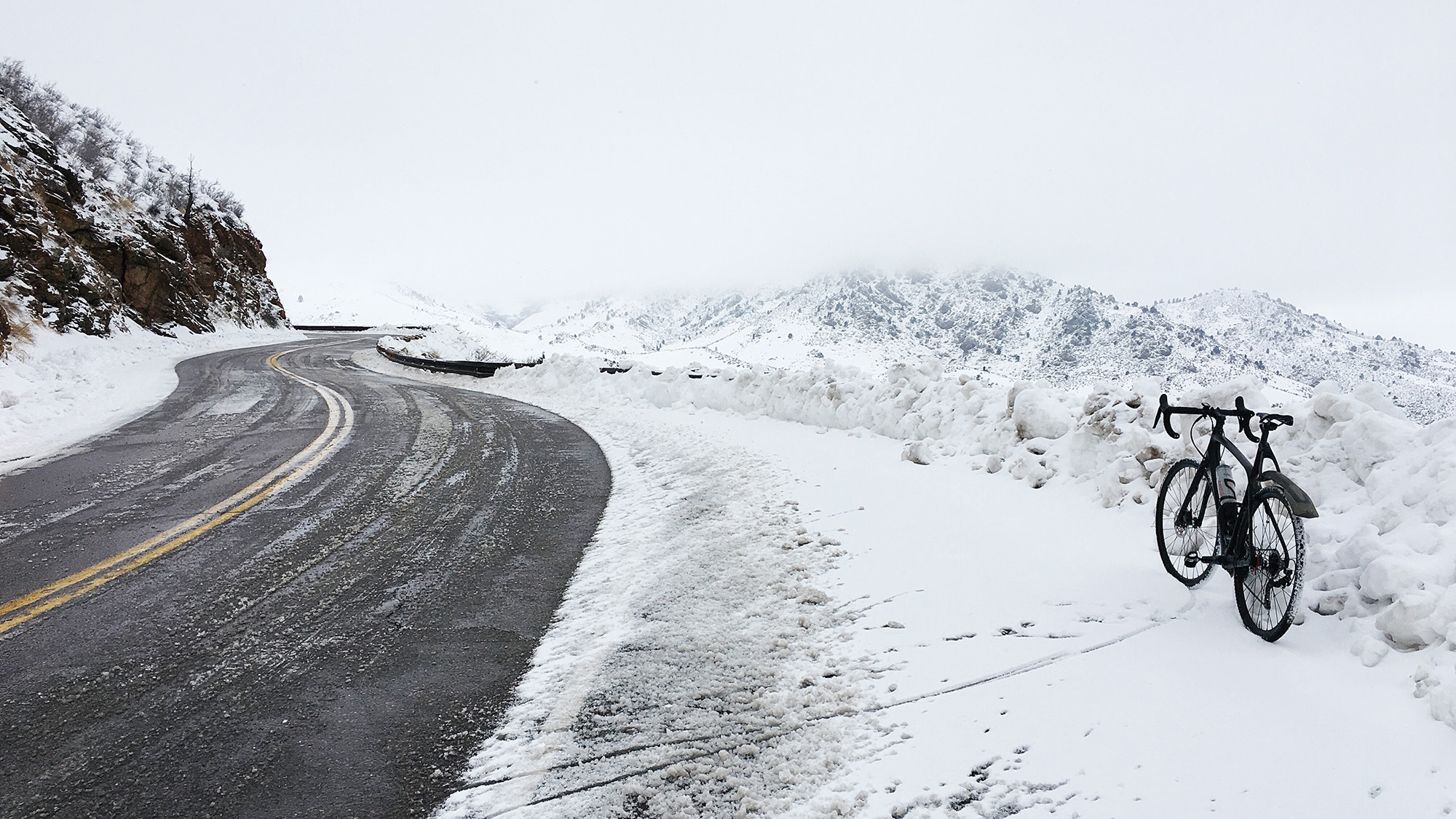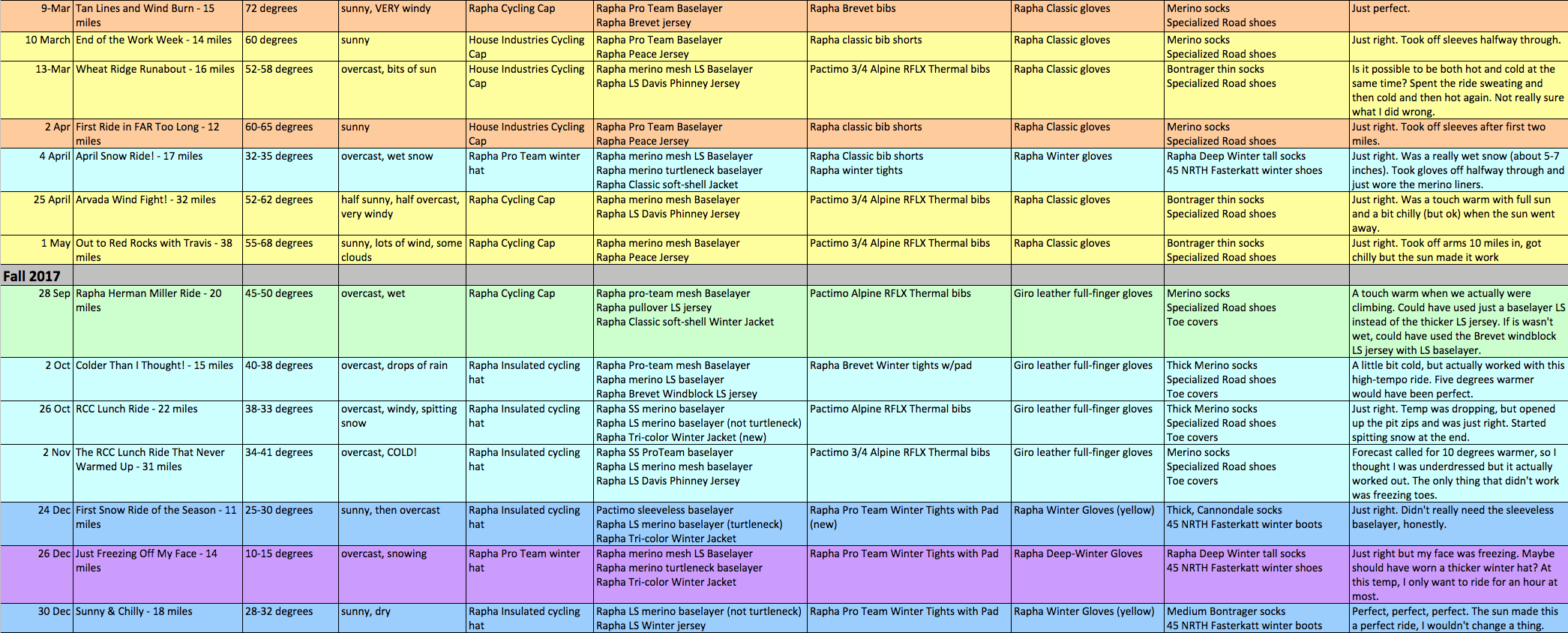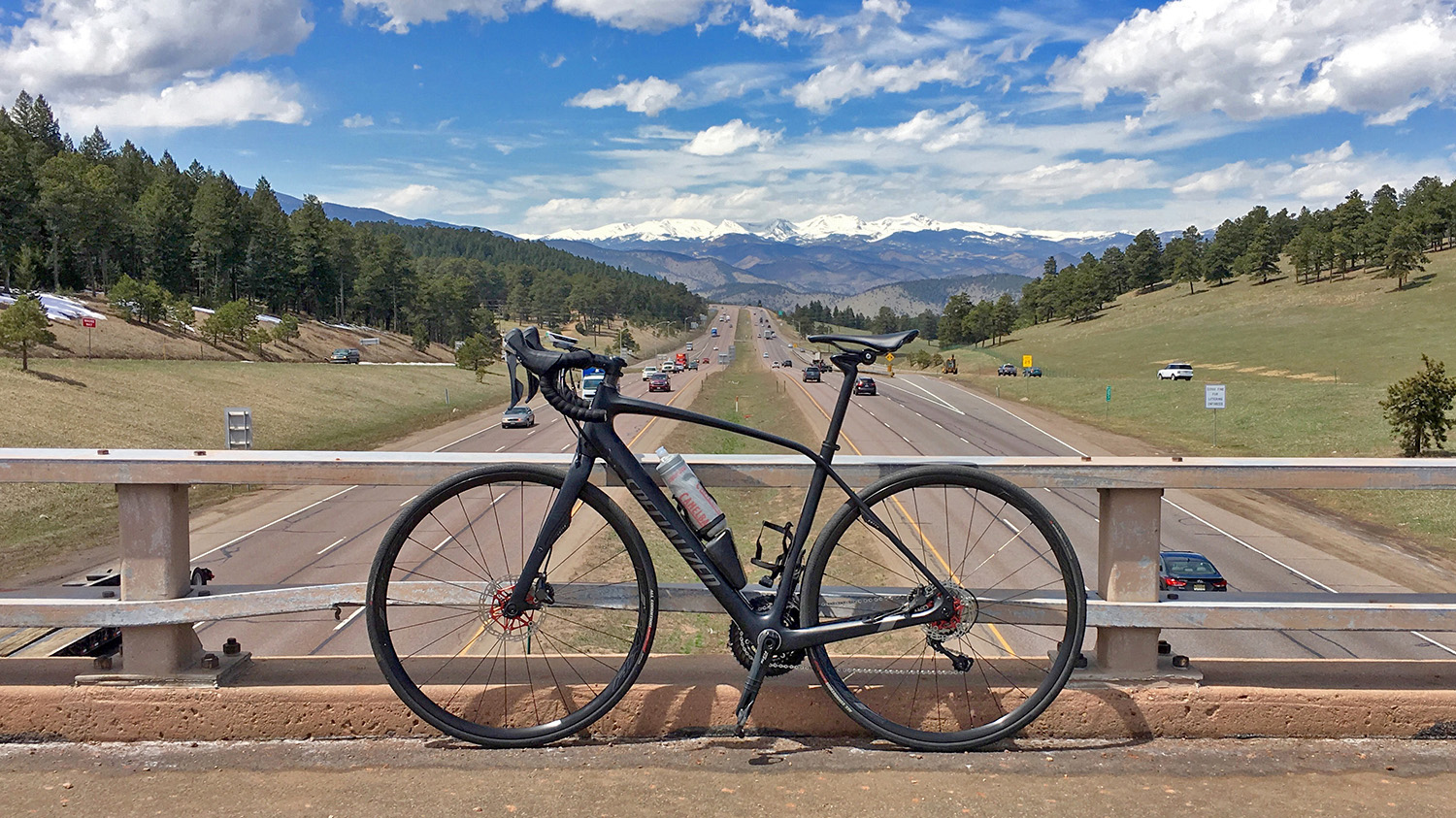
Winter Cycling Tips
How my color-coded spreadsheet helps me avoid freezing toes and enjoy winter
Published: 8 Jan 2018
Topics: Cycling
TL;DR: Breathability, multiple layers, and a spreadsheet are the keys to a successful cold-weather ride
How to Stay Warm when it is Cold
Cycling in the winter is not easy. Finding the right balance of layers, gloves, socks, and hats without overheating or freezing takes trial-and-error as well as a good memory.
So, I’m going get this out of the way early: I’m a meticulous type of guy. I clean my chain after almost every ride, I track my miles on Strava, and I actually enjoy regular bike maintenance.
Something else I truly find pleasure in is properly dressing for any occasion. Although I’m specifically writing about cycling, whenever I dress perfectly for an outdoor activity, it brings me great joy. Like I said: meticulous.
Unfortunately, at the beginning of each cold-weather season, I can never remember what to wear and always over-dress. So I’ve been maintaining a spreadsheet for the past several years to help me dress correctly for any sort of cold weather cycling adventure.

“How Can I be Cold if I’m Sweating so Much?!”
It started when I went mountain biking in a snow storm and I wore my puffy down coat. At the time, it made sense to wear a warm jacket since it was, well, snowing. But a mile into the ride and I was sweating. The coat didn’t breathe at all so I had to unzip it.
But then all of my sweat evaporated and I was freezing, so then I zipped it back up. But soon, I was sweating again. I was so frustrated that I honestly considered leaving the coat hanging on a tree and hiking back to get it later.
After that day, I decided to keep track of what I wore on a ride along with the temperature and conditions. For a while, I just kept notes on my phone but soon enough, I needed a better system so I transitioned to Google Docs so I could access the spreadsheet from my phone while at the trailhead or beginning of a ride.
I’ve made the spreadsheet public so anyone can view it (if you are so inclined) and want to see my thought process.
“Start Your Ride Cold”
Early on, I remember asking someone how to dress for winter cycling and they told me “Start your ride cold.” Which is both helpful and completely useless. Often, by the time you realize you dressed incorrectly, you are too far away from home to turn around. So, yes, your first mile or two should be cold, but not totally freezing.
Less Than You’d Think
So the secret is to start off your ride a bit cold, but have the right clothing that can breathe well so you don’t sweat too much and get clammy. Most of the time, this means wearing one less layer than you think you should.
In the cold, it’s good to start off with a breathable base layer. I prefer merino wool, but some like synthetic fabrics. Whatever feels best against the skin to you is what you should use. I’m partial to Rapha’s merino base layer t-shirt or ProTeam winter turtleneck base layer for the really cold days. For synthetics, Pactimo’s base layers do quite well.
After that, put on a long sleeve jersey with a vest (gilet if you want to be fancy and French) or jacket. The important part of the jacket is that it is breathable. I use Rapha’s Classic Softshell Winter Jacket which is great due to the armpit zips to help with sweat and excess heat.

Without a doubt, my favorite winter jersey is the Rapha Winter Jersey. It is a thick, merino-mix fabric that has a wind-resistant layer built into the front panels. Along with front pit-zips and zip vent in the back, this jersey is extremely versatile.
Zipped up tight, I’m protected from the cold but can still breathe without overheating. If I get warm, I open up the zip vents and get a surprisingly amount of ventilation through the front and out the back to keep the sweat at bay (I promise I’m not sponsored or paid by Rapha by the way).

Temperature Range
Here is my basic plan for winter cycling:
Above 65 Degrees: Cycling bib shorts, short-sleeve baselayer, short-sleeve jersey, cycling gloves, cap
50-60 Degrees: 3/4 bibs or leg warmers depending on sun (or lack of sun), long-sleeve baselayer, long-sleeve jersey, thin long-finger gloves, maybe a cap that covers ears if not sunny
40–50 Degrees: 3/4 or full-length bibs, long-sleeve baselayer, add vest or wind jacket, maybe thicker gloves, swap to winter cap that covers ears
30–40 Degrees: Full-length bibs, long-sleeve jersey, winter jacket, winter socks, winter shoe covers, winter gloves
20–30 Degrees: Warmest full-length bibs, thick turtleneck baselayer, thick long-sleeve jersey, winter jacket, winter gloves with liners, thick winter socks, winter cycling shoes (I use 45NRTH Fasterkatts, personally)
Below 20 Degrees (still better than a trainer): Add balaclava, swap to deep winter gloves with liners, add thickest and tallest winter socks. Buy a fat bike.
So there you have it: my tips for enjoying cycling all year round. Just remember, start your ride cold (whatever that means).
Recently, I’ve found a couple of other cold-weather cycling guides from companies that I trust and I have found useful:
Freezing OrNot: Tips for Cool Weather Riding from OrNot Bike
There’s No Such Thing As Bad Weather from rider Ted King

